- B.A., Anthropology, Seoul National University
- M.A. and Ph.D., University of California, Berkeley
- Member of the Advisory Board of the Museum of African Art, Regional Director of the History and Literature Society, President of the Korea Family Studies Association, Member of the Multicultural Family Policy Committee
- Currently) Chairman of the Cultural Diversity Committee, Director of the Multicultural Research Center at Kangwon National University, Vice President of the Korean International Migration Studies Association, Member of the Foreign Policy Committee at Prime Minister's Office
- Chairman of the Advisory Committee for Creative Cities in the Korean National Commission for UNESCO
- Professor of Culture and Anthropology, Kangwon National University
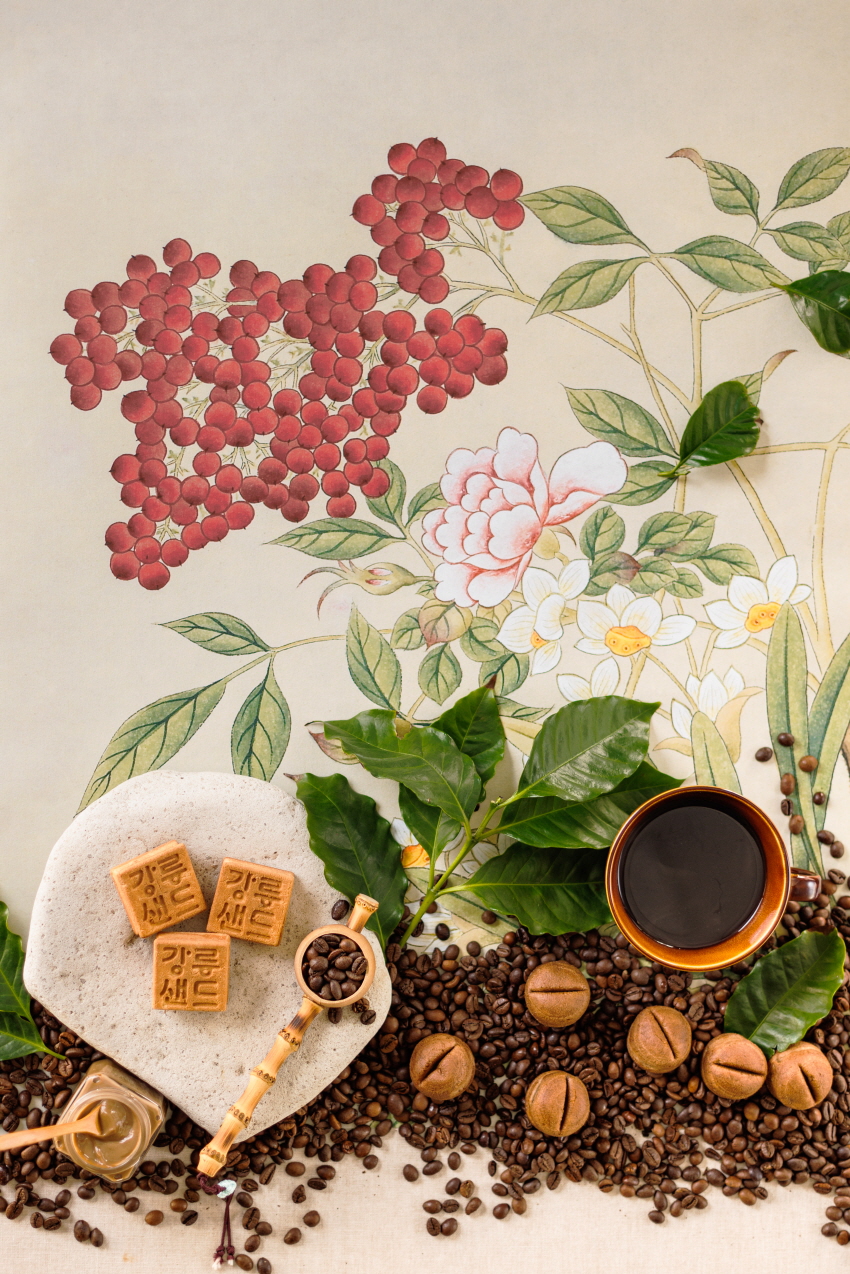

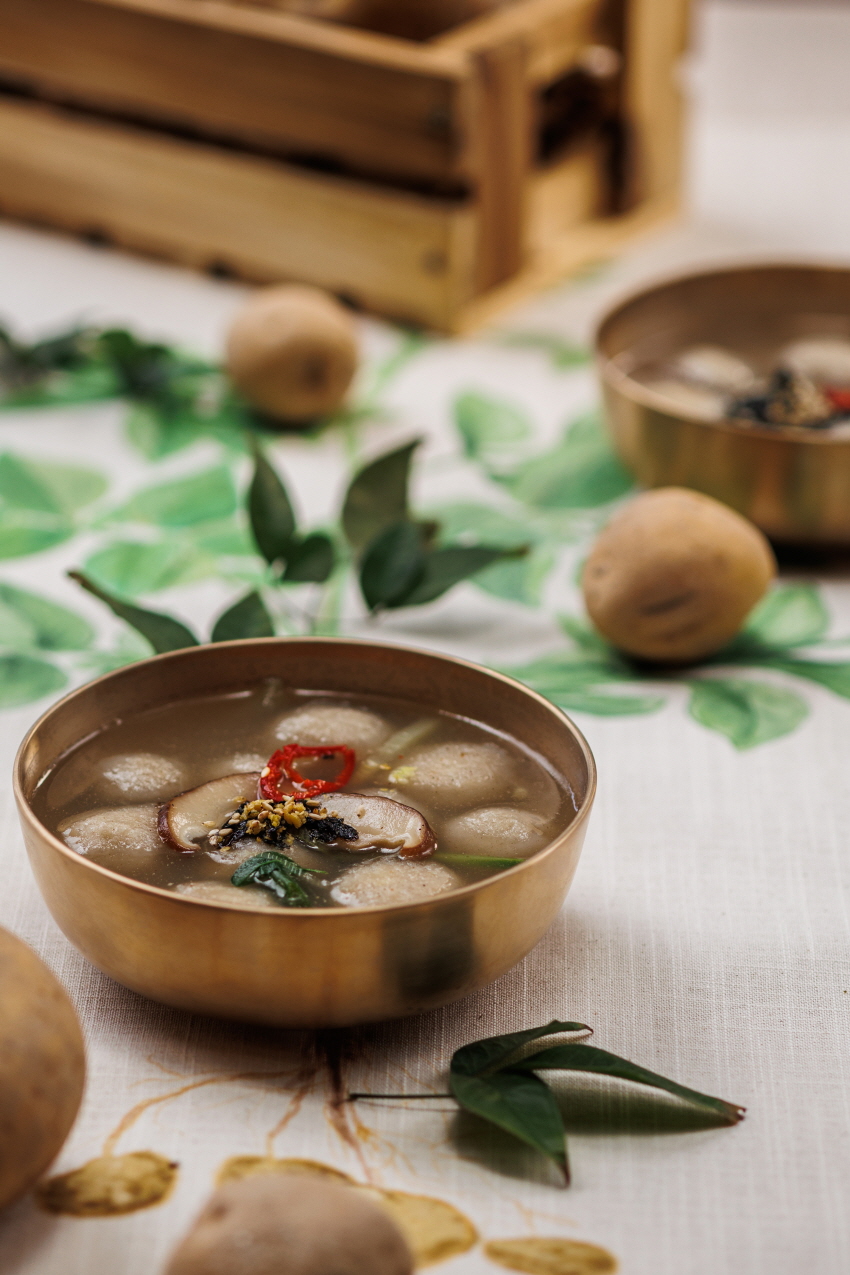
Gangneung City joined a preliminary member of the Korean UNESCO Creative Cities Network in the subject of Gastronomy in 2021, following the UNESCO Intangible Cultural Heritage listing of Gangneung Dano Festival in 2005 and Gangneung Nongak in 2014. It is also preparing to be selected as a member of the UNESCO Creative Cities Network in 2023. In June 2022, it was selected as Korea's candidate city in a competitive evaluation among prospective member cities in Korea, and will submit a formal application to UNESCO headquarters this year for review.
We had a conversation with Professor Han Geon-soo of Kangwon National University's Department of Cultural Anthropology, who is currently the Chairman of the Advisory Committee for Creative Cities in the Korean National Commission for UNESCO and an advisor for Gangneung City in the UNESCO’s City of Gastronomy.
-
- QGangneung, as a member of the ICCN UNESCO, is endeavoring to internationalize traditional culture. Could you describe what the UNESCO Creative Cities Network is and what values it represents, which Gangneung City is now planning for?
- AThe UNESCO Creative Cities Network is an international network that promotes economic, social, and cultural growth based on each city's unique cultural assets and creativity. It was founded in 2004 with the goal of “realizing the value of cultural diversity via the promotion of creative industries”. The network assesses cities worldwide and recognizes creative cities in seven categories: literature, design, film, media arts, cuisine, crafts, and music. Recently, the network's nature and operations as a network of cities implementing the United Nations' Sustainable Development Goals (SDGs) have been strengthened.
-
- QWhat is the selection process, and what are some representative cities?
- AUNESCO membership is approved every two years. Cities can apply if they have the backing and consent of their respective UNESCO National Commissions, but only up to two cities per nation can apply at the same time. Cities that fail the UNESCO headquarters evaluation procedure are ineligible to qualify for the next evaluation. As a result, not only is competition severe among domestic cities, but the selection rate for international cities suggested by their national commissions and applied for examination at UNESCO headquarters is also low. South Korea initially joined in 2010, and 11 cities have been chosen in various disciplines since then, including crafts and folk art (Icheon, Jinju, Gimhae), design (Seoul), film (Busan), gastronomy (Jeonju), literature (Bucheon, Wonju), media arts (Gwangju), and music (Tongyeong, Daegu).
-
- QWhat does it mean to be designated as a UNESCO Creative City?
- ABeing a UNESCO Creative City implies being recognized as a city with a fresh perspective on long-term development. Moreover, it provides an opportunity to enrich inhabitants' lives by establishing creative industries that make use of the city's cultural assets and showcasing the city's cultural assets to the international community. Cities can officially participate in activities within the UNESCO Creative Cities Network once they have obtained the UNESCO Creative City brand. This lays the groundwork for a partnership with 295 cities worldwide. Joint projects for policy collaboration and mutual development can also be pursued in the long run. Gangneung can promote not only its traditional cuisine but also a variety of cultural heritages, as well as expand a diverse range of tourism products for experiencing these cultural assets. It is not so much about joining the Creative Cities Network as it is about the activities that the city performs after joining. After joining a network of world-renowned cities, it is critical to developing programs that bring the world's attention back to Gangneung.
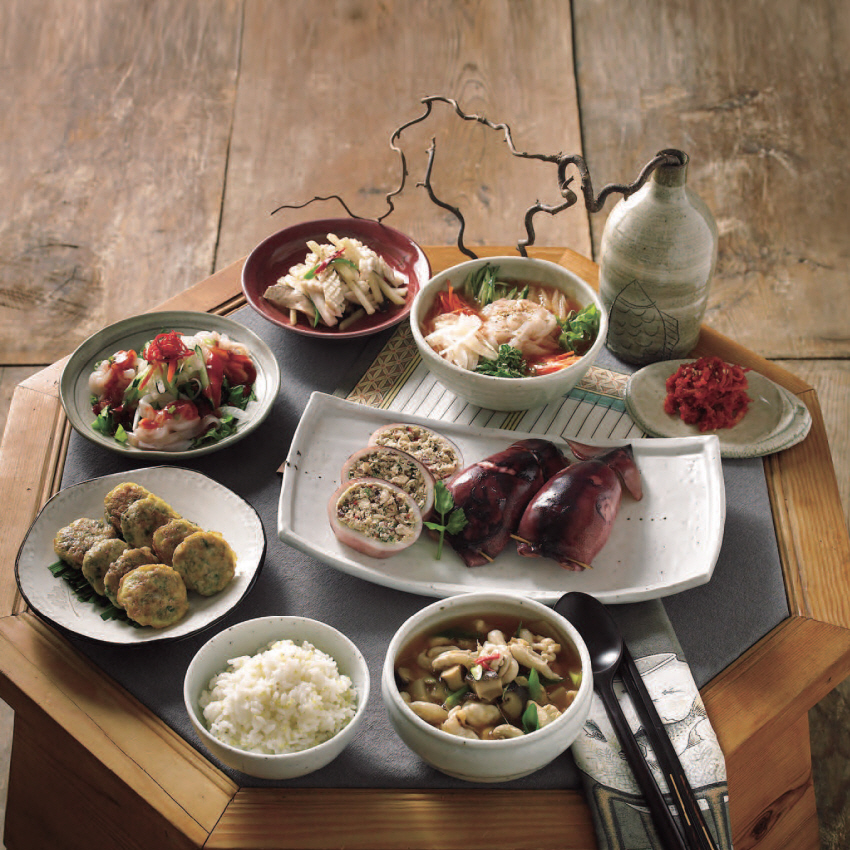
-
- QAs an anthropologist, you must have studied the food cultures of many different countries. In a single sentence, how would you define food's role in human history?
- AI consider food to be the "key part of culture" in a nutshell. Humans have identified specific items as desired from the varied resources available in their region and have cooked these ingredients to produce a wide range of cuisines. Meal preparation is completed with astounding originality and imagination. At every stage, incredible ingenuity is on exhibit. Making rice cakes, noodles, and ongsimi from the starch created by fermenting potatoes, which cannot be preserved for lengthy periods, is a brilliant idea. Every meal contains the natural surroundings of each place and the creativity that transcends it.
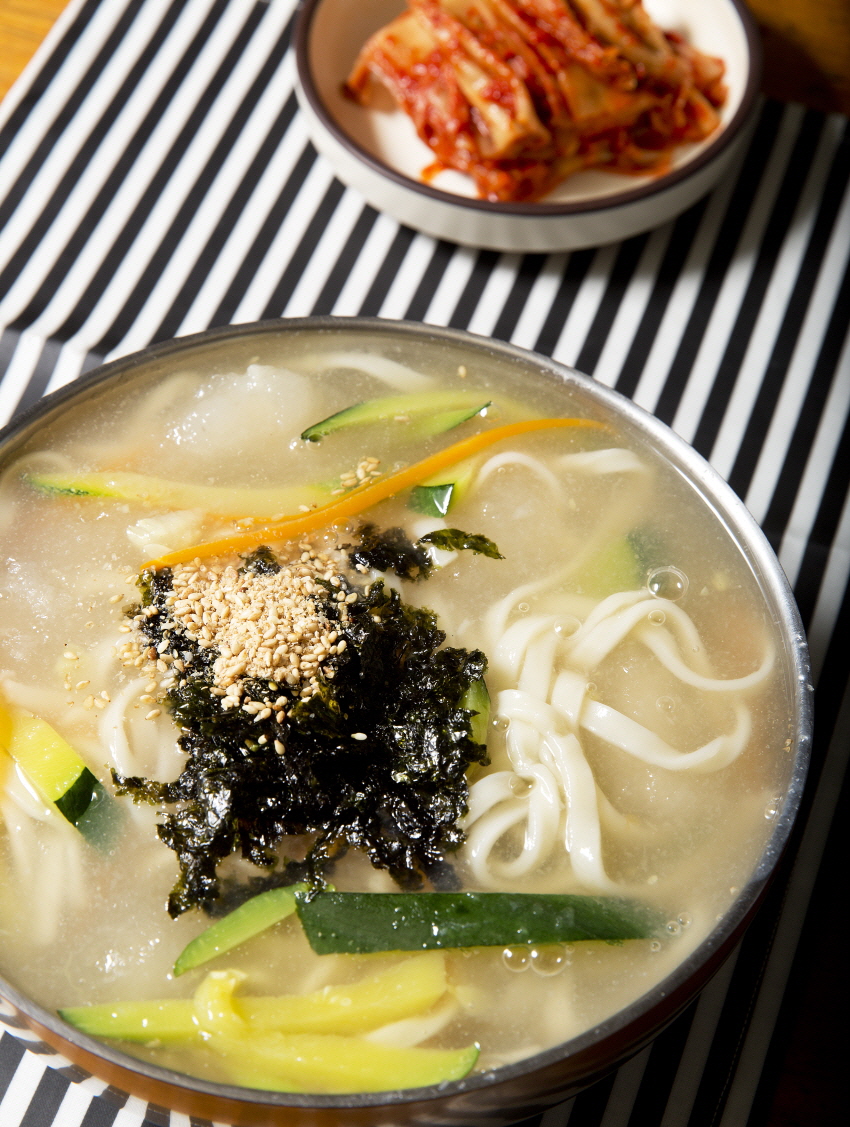
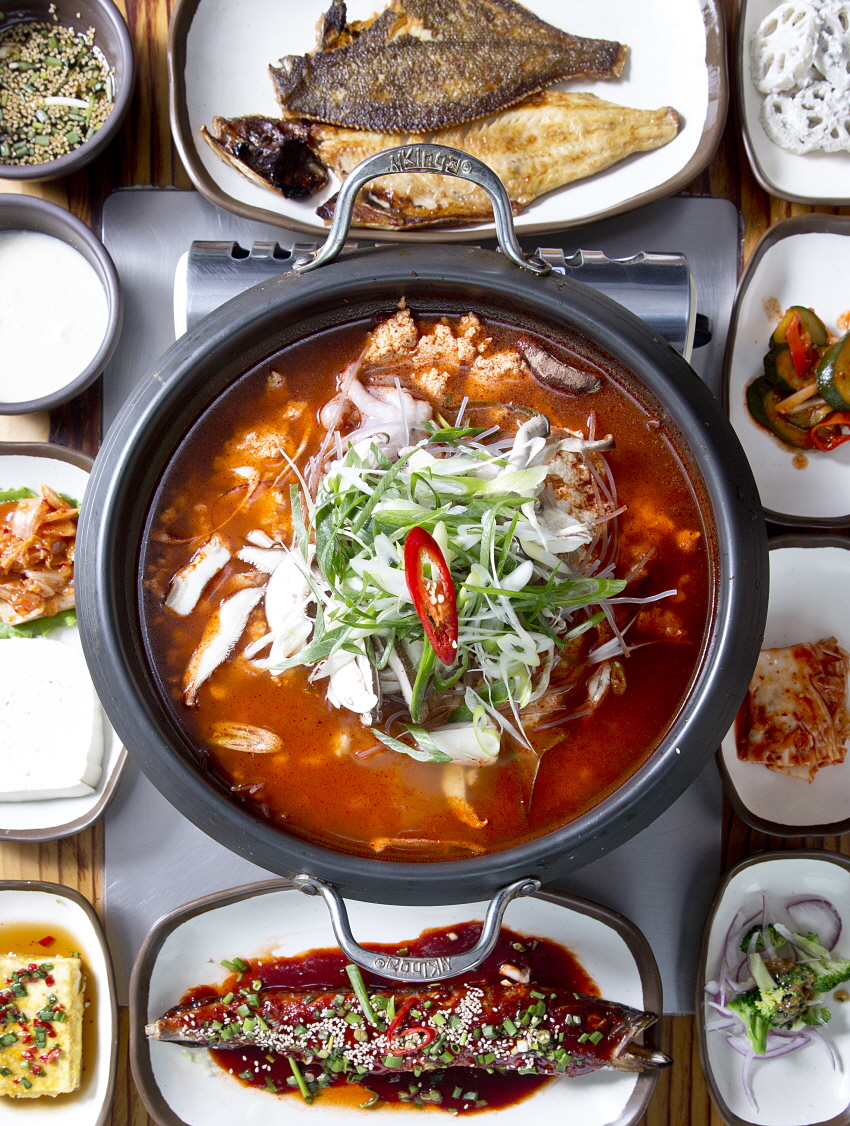
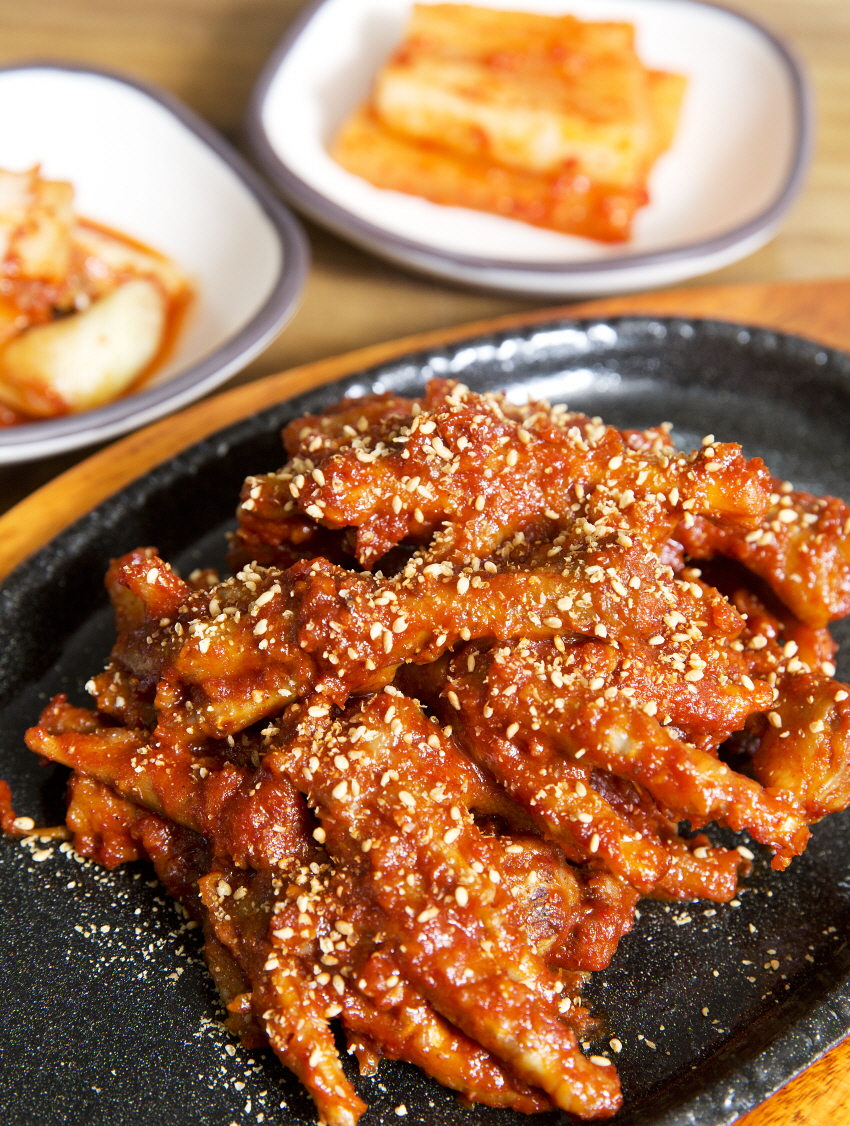
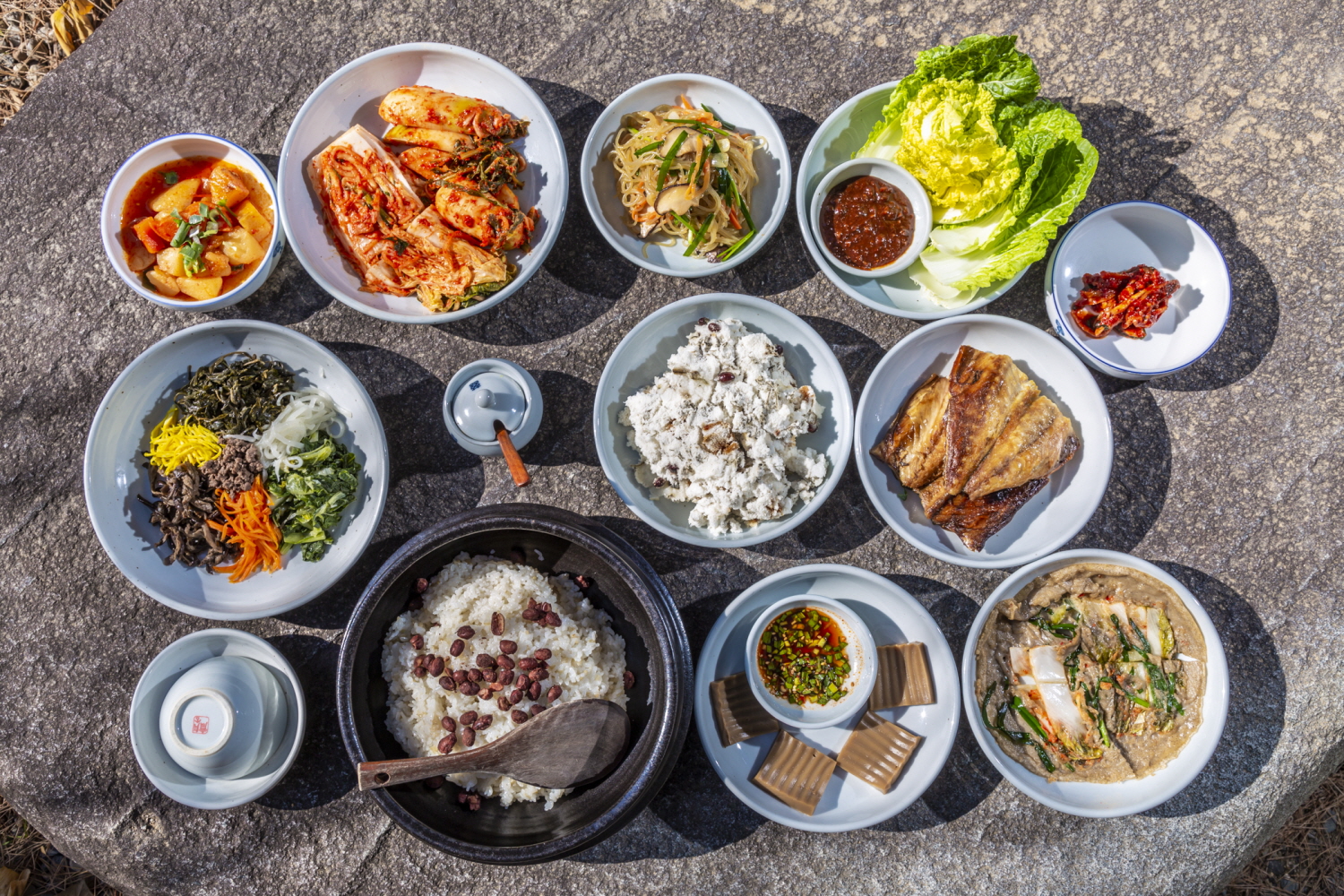
-
- QWhat does Gangneung signify to you, and what do you believe distinguishes Gangneung cuisine?
- AGangneung has a strong tradition, yet it is also a city of change and innovation. Looking at Gangneung's cuisine, the unique taste and local characteristics of the ingredients are strong, but many creative and novel menus have lately been produced as well. I want to assist the young people of Gangneung who are driving this transformation. The city of tea is becoming a city of coffee, and young people are creating new potato dishes based on ongsimi and potato rice cakes traditions. Instead of Chodang dubu, I enjoyed a lovely potato soup made by these young people this morning.
-
- QLastly, feel free to share your thoughts on the future of Gangneung.
- AGangneung's designation as a Creative City is a source of pride for its residents as well as a proclamation of new challenges. It embodies the desire to create sustainable development through culture and creativity. The most essential thing to do is to increase the city's openness and inclusiveness. Outsiders should be given opportunities to visit Gangneung and contribute. I would like Gangneung to become an even more advanced and proud Creative City.
공공저작물 자유이용 허락 표시